Picture this!
You're mid-hike and feel some pain on your sole or heel. As you keep walking, the pain intensifies, resulting in you canceling your hike mid-way.
Sucks, right? Here are our complete guide on how to avoid and cure blisters.
Table of Contents
- What Causes Blisters?
- How to Prevent Blisters
- #1. Ensure Boots Fit right
- #2. Break into New Boots
- #3. Wear the Right Socks
- #4. Change your Socks Often
- #5. Keep Your Feet Clean and Dry
- #6. Air Out Your Feet
- #7. Adjust Shoelaces
- #8. Buy Supportive Insoles
- #9. Have Two Pairs of Shoes for Through Hikes
- #10. Clip Toenails
- #11. Use Mink Oil to Soften Boot Inner Leather
- How To Treat Blisters
What Causes Blisters?
Blisters are caused by repetitive friction.
When hiking, your feet rub against your hiking boots over and over. This results in cells getting damaged, leading to the formation of hotspots, which fill with serum (fluid) and become blisters.
But what causes this friction?
Short answer! Pressure, heat, and moisture.
A wrinkle in your sock or a tight spot in your boot puts pressure on a specific point of the foot, which translates to increased friction.
In a hot environment, you're likely to sweat more, which results in moister skin. Moist skin tends to be softer, making it more susceptible to damage due to friction.
Now that you know what causes blisters, let's get into how to prevent them.
How to Prevent Blisters
#1. Ensure Boots Fit Right
One of the most common mistakes that many novice hikers make is buying boots that aren't the right fit.
Boots that are too tight will create pressure which in turn results in blisters. Boots too loose cause your feet to slip and slide, resulting in friction, leading to blisters.
So, to ensure a blister-free trip, make sure you have boots that fit right.
And since your feet are likely to swell after long periods of walking, make sure to consider this factor when thinking about your perfect boot fit.
Wondering what else to consider when choosing hiking boots? Check out this article here.
#2. Break into New Boots
Even if your new boots fit you well, it's still important to break into them before embarking on your hike.
New hiking boots, especially leather-made, tend to be stiff. If you were to wear these on a hiking trip, they'd be uncomfortable and might result in sores and blisters.
Wearing your boots around town or while running errands will allow the footwear to conform to your feet. It also allows you to note any uncomfortable spots and make adjustments before hitting the trail.
#3. Wear the Right Socks
The hiking socks that you choose are also vital in preventing blisters.
To prevent friction and the formation of hotspots, make sure you buy high-quality socks with moisture-wicking capabilities.
Socks made from wool or synthetic materials are the best choice.
Avoid cotton socks as they tend to soak up in sweat, leading to wet tender feet, which makes you more susceptible to blisters.
Your hiking socks should also fit snugly to friction from wrinkles.
These are just some factors to consider when choosing hiking socks. For more details on what to look for when buying hiking socks, check out our guide on choosing hiking socks.
And if you're looking to buy high-quality waterproof socks to help you prevent blisters on your next trip, check out the Northbound Gear 100% waterproof breathable socks.
#4. Change your Socks Often
Wearing hiking socks that fit correctly is an excellent way of preventing blisters.
However, even the best hiking sock won't prevent you from getting hotspots if you don't change your socks often enough on the trail.
Keeping moisture-laden feet for too long will result in friction and blister formation. To avoid this, make sure you change hiking socks often. This can be during your lunch breaks.
Secure your sweat-soaked socks outside your backpack to air dry them as you move.
Wearing liner socks could also help. Liner socks wick sweat away before it can accumulate; therefore, reducing the chance of blisters. Liner socks also create a double-layer system that helps to protect you from skin injuries.
#5. Keep Your Feet Clean and Dry
As explained earlier, moist feet are more susceptible to blisters.
This is why you're advised to change socks mid-hike since it ensures your feet remain dry.
Besides ensuring your feet are dry, it's equally important to ensure they are as clean as possible. This is because dirt and debris are likely to result in chaffing, which could later translate to blisters.
So, before putting on your boots, ensure your feet are clean and dry.
#6. Air Out Your Feet
Another way to prevent hiking blisters is by pausing every now and then for your feet to air.
During your breaks, take off your boots and socks. By removing your footwear regularly, you allow the feet time to breathe.
Taking off your shoes reduces sweat buildup and allows you to inspect your feet for hotspots.Taking off your boots also allows you to remove any debris that may have gotten in your shoes while you were walking.
#7. Adjust Shoelaces
Different terrains require your shoes to be laced differently.
If you're hiking up a hill or on level ground, it's best to keep your shoes laced loosely. Loosely laced shoes are comfortable and allow your feet space to swell.
However, if you're hiking down a steep descent, it's best to have your shoes tightly laced as it helps prevent your toes from hitting the front of your boots.
#8. Buy Supportive Insoles
Insoles support the arches of your feet and provide cushioning for hiking boots.
In addition to providing support, insoles will also help prevent hiking blisters by reducing the friction caused by your feet sliding inside the shoes.
It is important to note that there are different types of insoles. These are orthotic and over-the-counter insoles.
Orthotic insoles are designed by doctors after assessing your foot structure. This type of insole is custom-made to suit your foot's unique shape and needs.
On the other hand, over-the-counter insoles provide basic support but can be adjusted based on preference or hiking conditions.
#9. Have Two Pairs of Shoes for Through Hikes
If hiking through a long distance, it's best to have two pairs of hiking boots.
Since your feet are likely to swell up after walking for long distances, it's best to have a wider pair to change into once your feet are swollen up.
#10. Clip Toenails
Clipping your toenails before hiking is another way of preventing hiking blisters.
Long toenails result in increased pressure at the front of the boots, resulting in blisters around the toe area.
#11. Use Mink Oil to Soften Boot Inner Leather
Another way hiking blisters can be prevented is by regularly applying mink oil to the inner leather of your boots.
Regularly applying mink oil helps soften hiking boots and prevents friction from building up during hiking trips.
Mink oil also creates a waterproof barrier that protects your feet against moisture, which could later cause blisters. It's important to note that you should only use mink oil on hiking boots made of leather.
Even with all these prevention measures, it's still possible to get blisters. How do you treat them?
We answer that in the next section.
How To Treat Blisters
Before we get into treating blisters, let's first discuss what you need to treat blisters.
What Should You Have in A Blister First Aid Kit?
A hiking first aid kit is a must-have for every hiker, regardless of how long you're planning on hiking for or what terrain you'll be tackling.
However, while having a prepackaged first aid kit is good, customizing one based on your needs is the best option.
If you're worried about blisters, make sure you have the following items in your first aid kit.
- Waterproof bandages
- Alcohol wipes
- A small pair of scissors
- Tweezers
- Safety pin or sewing needle
- Nylon Thread/fishing line/dental floss
- An antibiotic cream such as Neosporin
- Pre-cut adhesive tape (If unavailable, use duct tape)
- Moleskin or Blister pads
How to Treat Hotspots
Most blisters start as a red tender spot on the skin known as a hotspot. If untreated, a hotspot develops onto a blister.
So, to avoid blisters treat a hotspot early. Here's how to do it:
Step One: Stop
Pain and discomfort are the first signs of a hotspot. Once you notice any of these while hiking, stop immediately.
Do not continue hiking even if the hotspot is still tiny. If you do, it increases the risk of developing into a blister.
Find a place to sit, take off your boots and socks and inspect the area experiencing pain.
Step Two: Clean
If a blister hasn't formed, clean your feet using an alcohol wipe or mild soap and water solution.
Make sure to dry them well before applying further steps in treating the hotspot. Your feet must be completely dry when using hiking tapes.
Step Three: Tape
If no blister has formed, you can use the pre-cut hiking tapes to cover the hotspot.
Covering the area experiencing pain helps prevent friction from building up and causing a blister.
If you don't have the pre-cut adhesive, you can use duct tape to cover the hotspot. However, use duct tape as a last option since the chemicals on the sticky side may trap germs leading to infection, especially if a blister forms.
Step Four: Apply Ointment
If a blister has started forming, apply the antibiotic ointment, then cover the hotspot with a blister bandage before covering the hotspot with tape.
How to Treat Blisters
Despite all your efforts to prevent blisters, sometimes you'll end up with a blister. This is what happened to me on my most recent hiking trip.
So, how do you treat the blister?
Step One: Clean the Affected Area
Once a blister has formed, the first step should be to clean the blister and surrounding area with soap and water.
You could also use alcohol or antiseptic wipes to clean the blister.
Step Two: Pierce and Drain
While you're typically advised to leave a blister alone, there are rare occasions where popping the blister is better than leaving it alone.
These include instances where the blister becomes too big, resulting in pain and an increased risk of skin damage.
To safely pierce your blister, start by first sterilizing the pin or knife you plan to use. To do this, you can use alcohol, boiling water, or a flame.
With a sterilized pin, slowly pierce the blister from the bottom, then gently move the pin/knife from side to side to slightly enlarge the hole to larger than a pinhole.
Drain the fluid from the blister by gently massaging from top to bottom.
Tip: Do not peel the blister-top off your foot, as this exposes the more sensitive skin inside to infection.
Step Five: Cover, Pad, and Bandage
Once the blister has been drained, use the antibiotic ointment to cover it and prevent infection.
Padding around the blister with a piece of moleskin helps add a protective layer that prevents the blister from getting worse. However, don't pad directly on the blister.
From here, bandage the blister, then tape it over and the surrounding area with the pre-cut adhesive or KT tape.
Blister Care FAQS
Should You Pop Hiking Blisters?
Unless it's extremely necessary, it's best not to pop your blister.
Blisters form as a way of protecting delicate inner skin from damage. Popping a blister exposes this delicate skin to infection and pain.
However, if you're on a long hiking trip and the blister becomes too big and painful, popping it may be the best choice.
Does Petroleum Jelly Help Stop Blisters?
While not scientifically proven, applying petroleum jelly on your feet before wearing a pair of socks could help prevent blisters.
This is because petroleum jelly helps to reduce friction between your hiking socks and shoes as the foot moves back and forth.
How Long Does It Take for Deroofed Blisters to Heal?
It typically takes a week for a deroofed blister to heal completely.
However, this time frame may vary depending on the size of the blister and the severity of damage it caused.
Go Forth and Enjoy Blister-Free Hikes
There you go.
A complete guide on how to prevent and treat blisters while hiking.
Do you know of any other tips to prevent and treat blisters? Please tell us in the comment section.
And if you have any questions on how to prevent and treat blisters, please ask them in the comment section below.
And if you're looking for high-quality hiking apparel, check out our online store here.
Upwards and onwards with Northbound Gear.
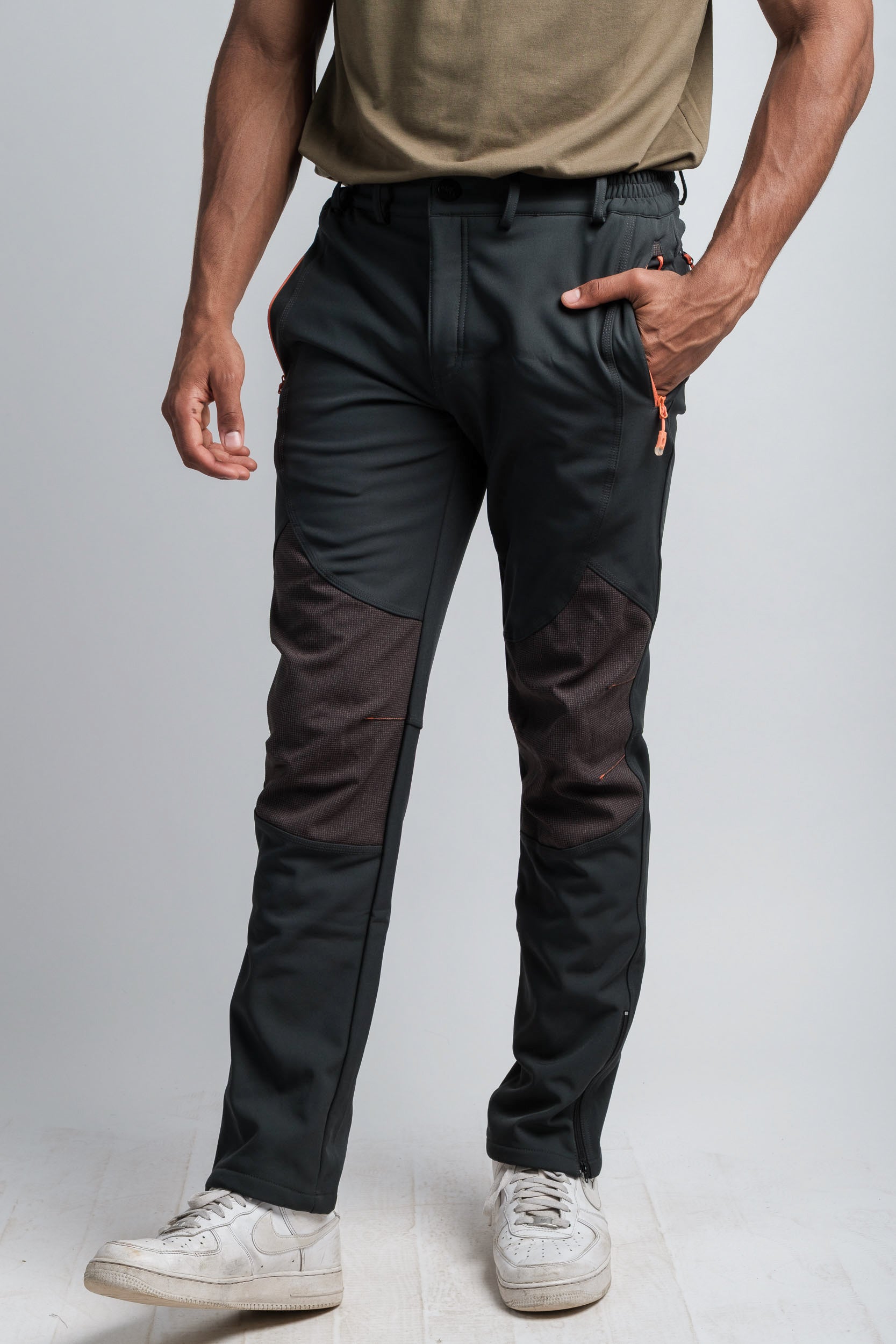
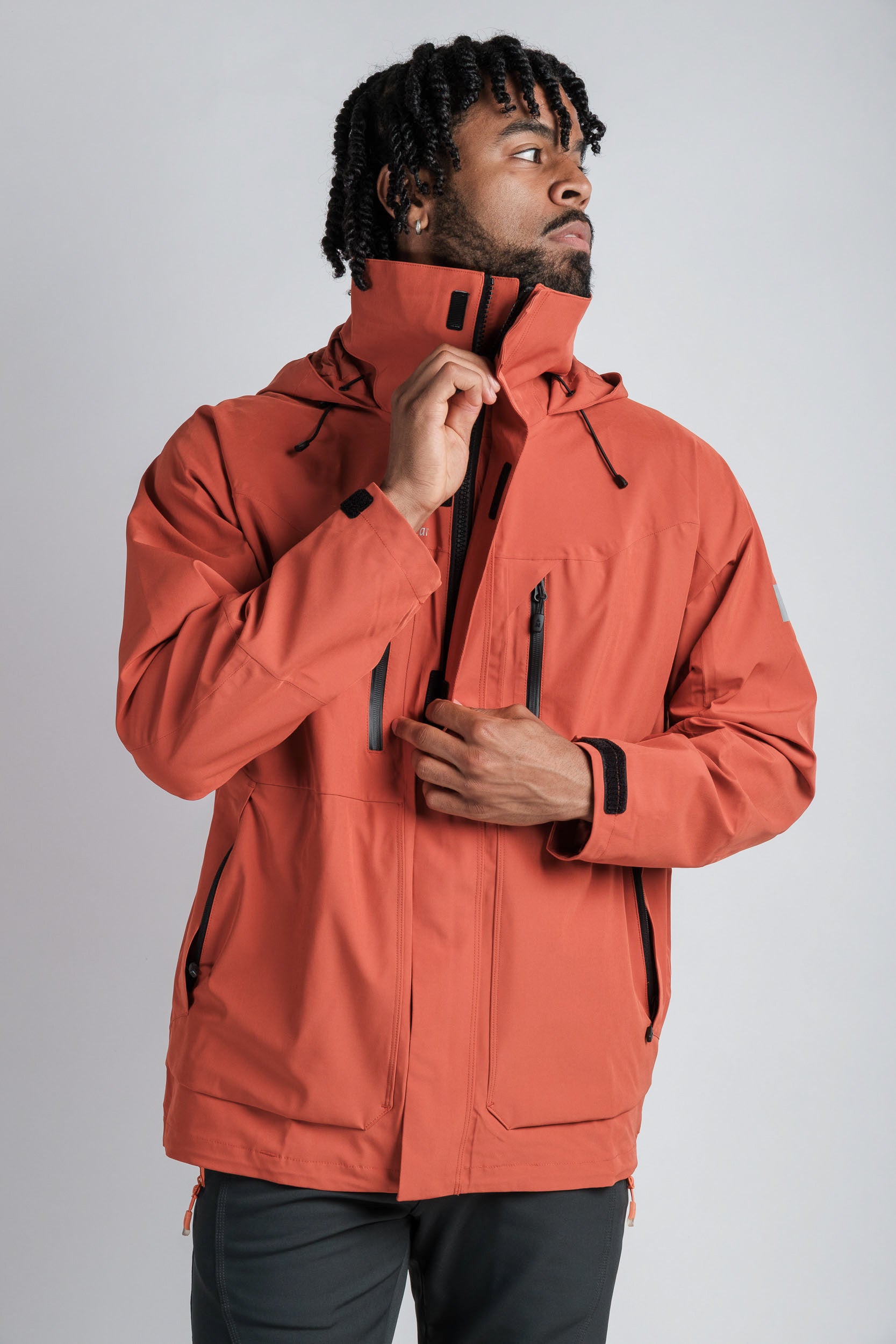
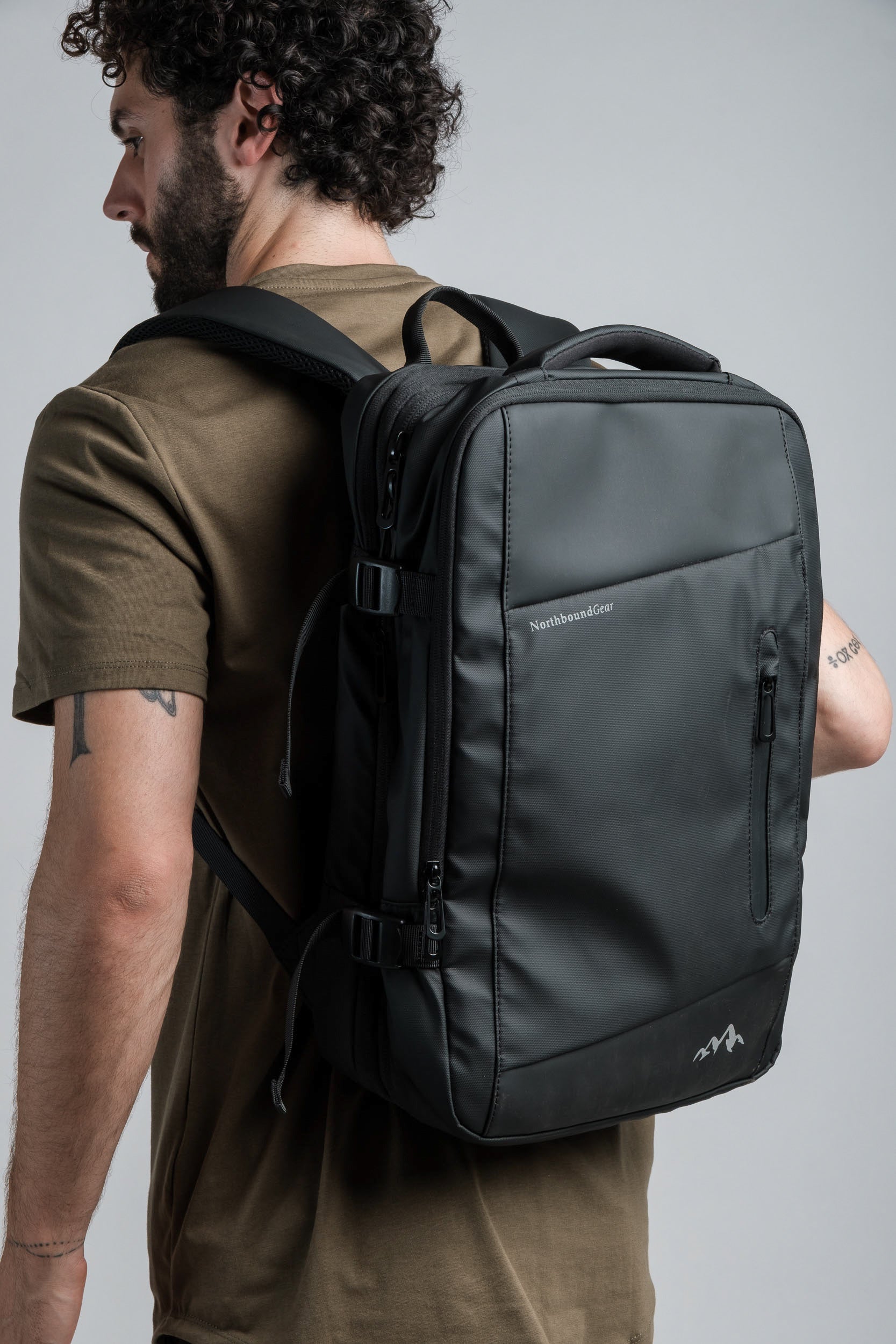
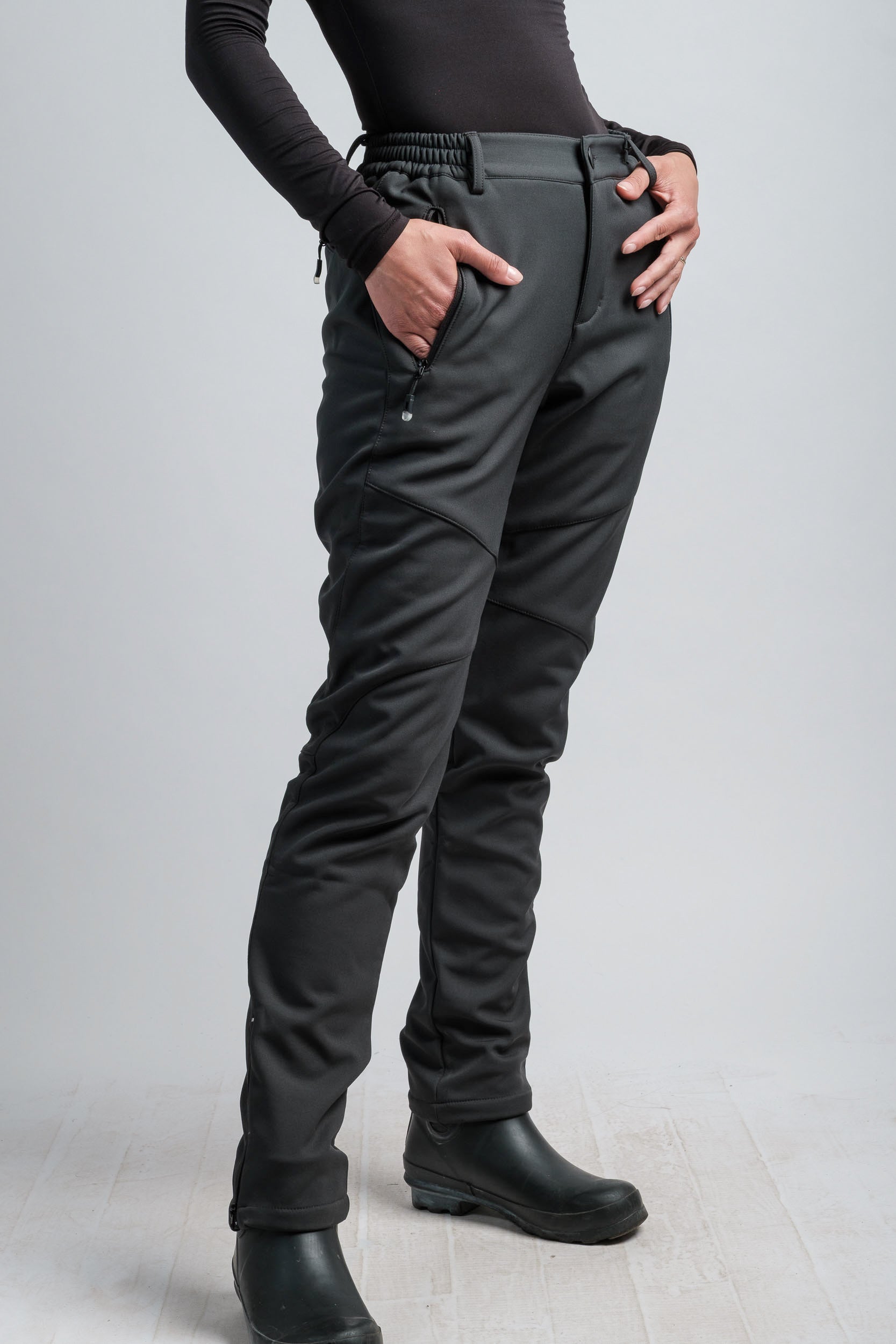
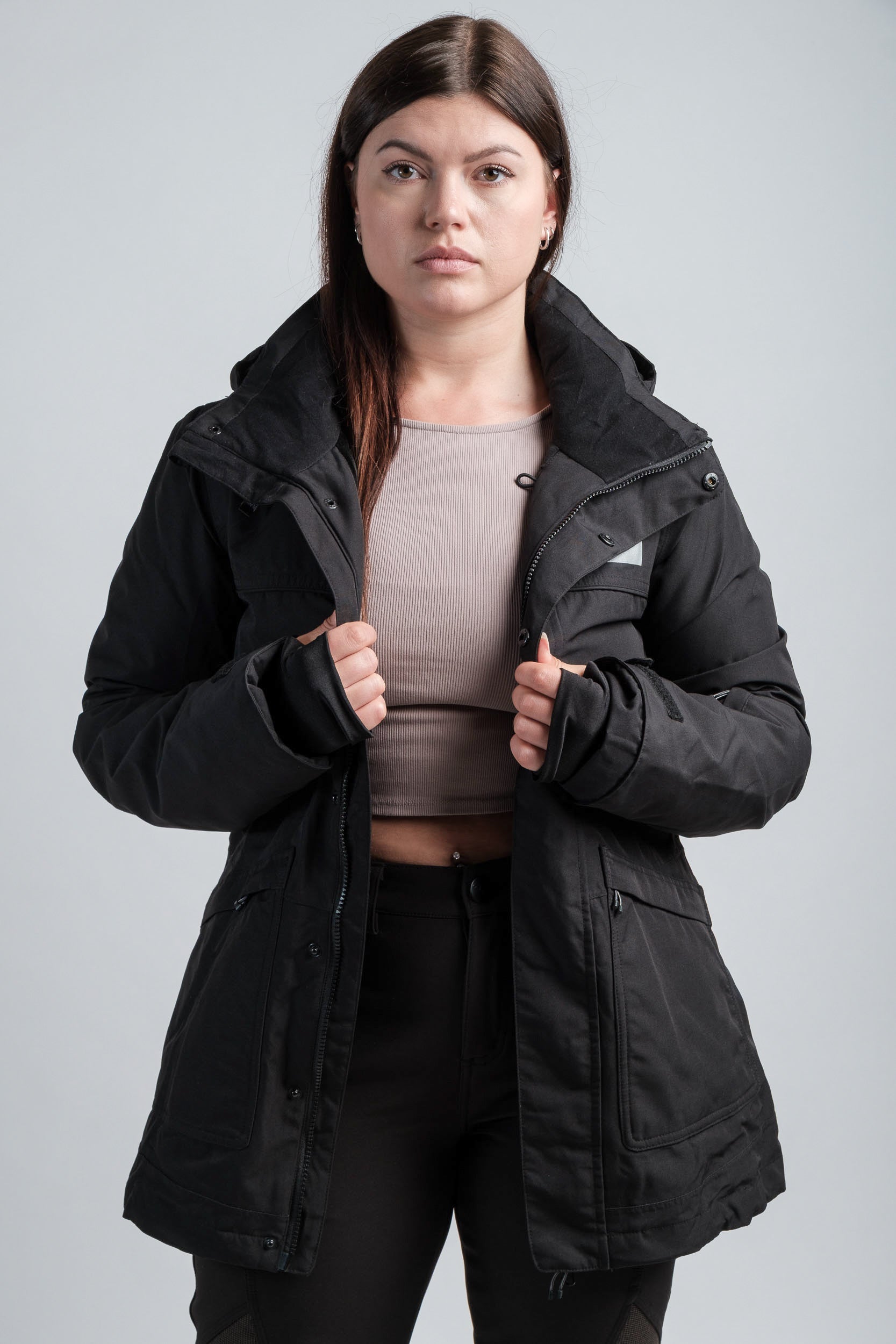
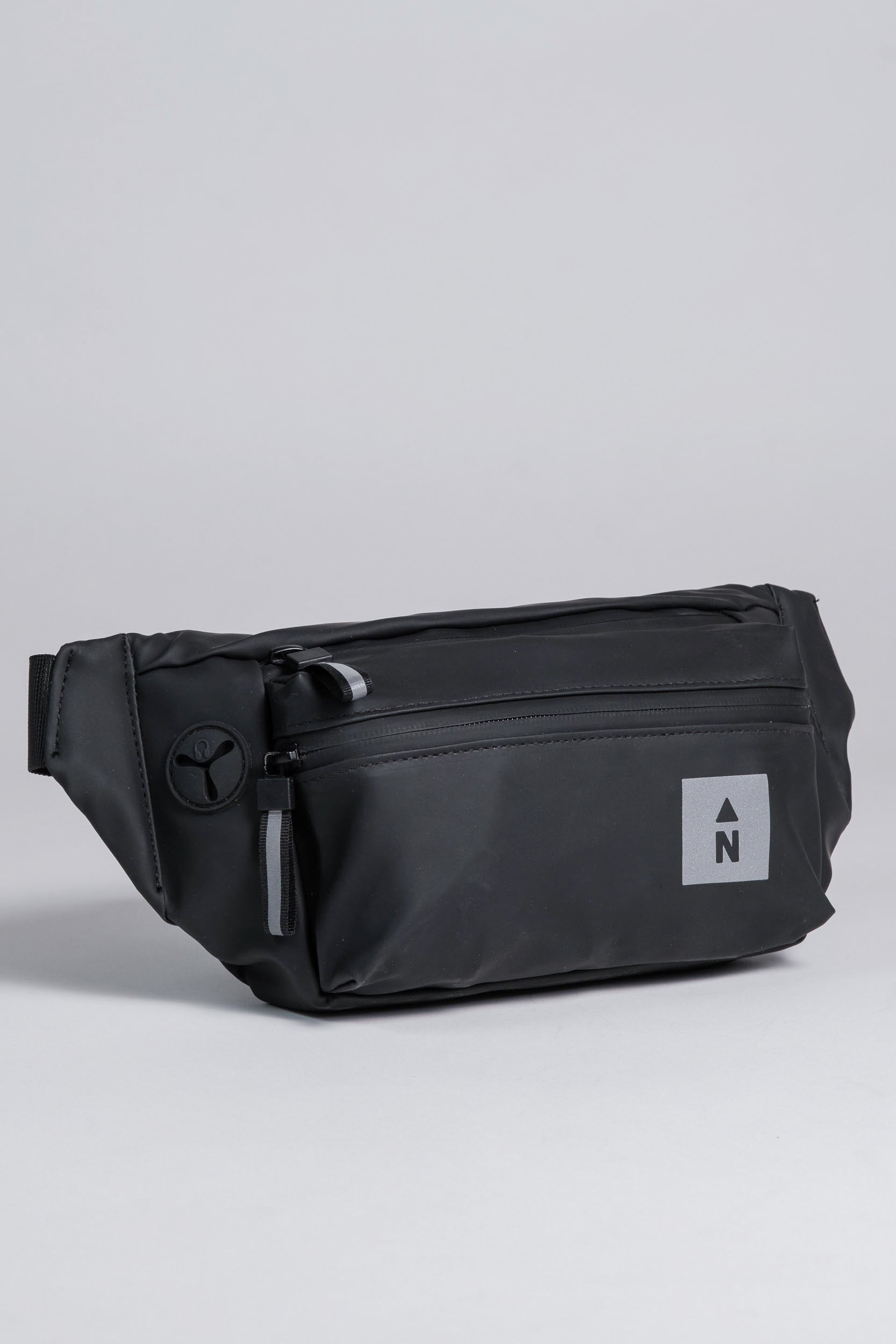
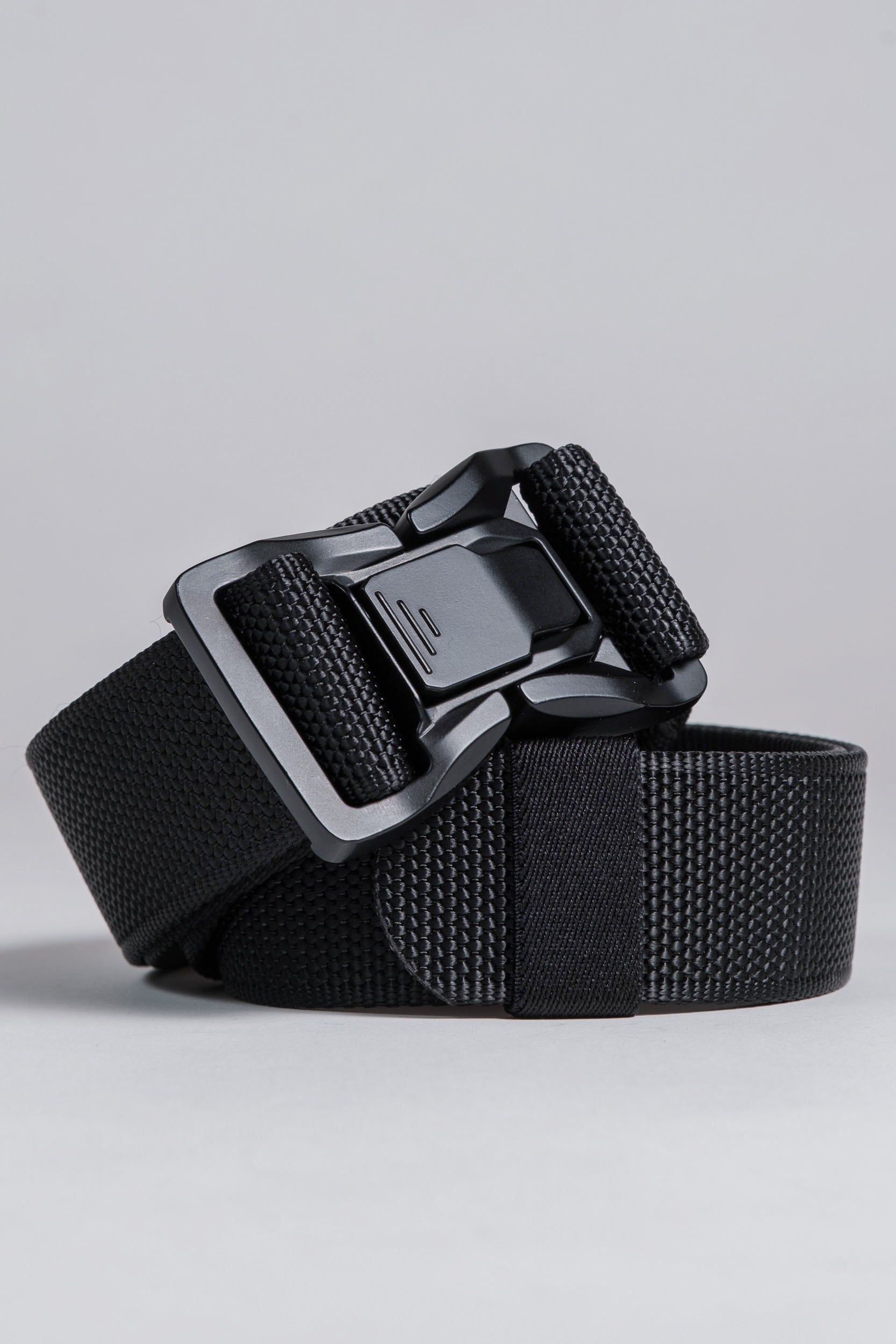
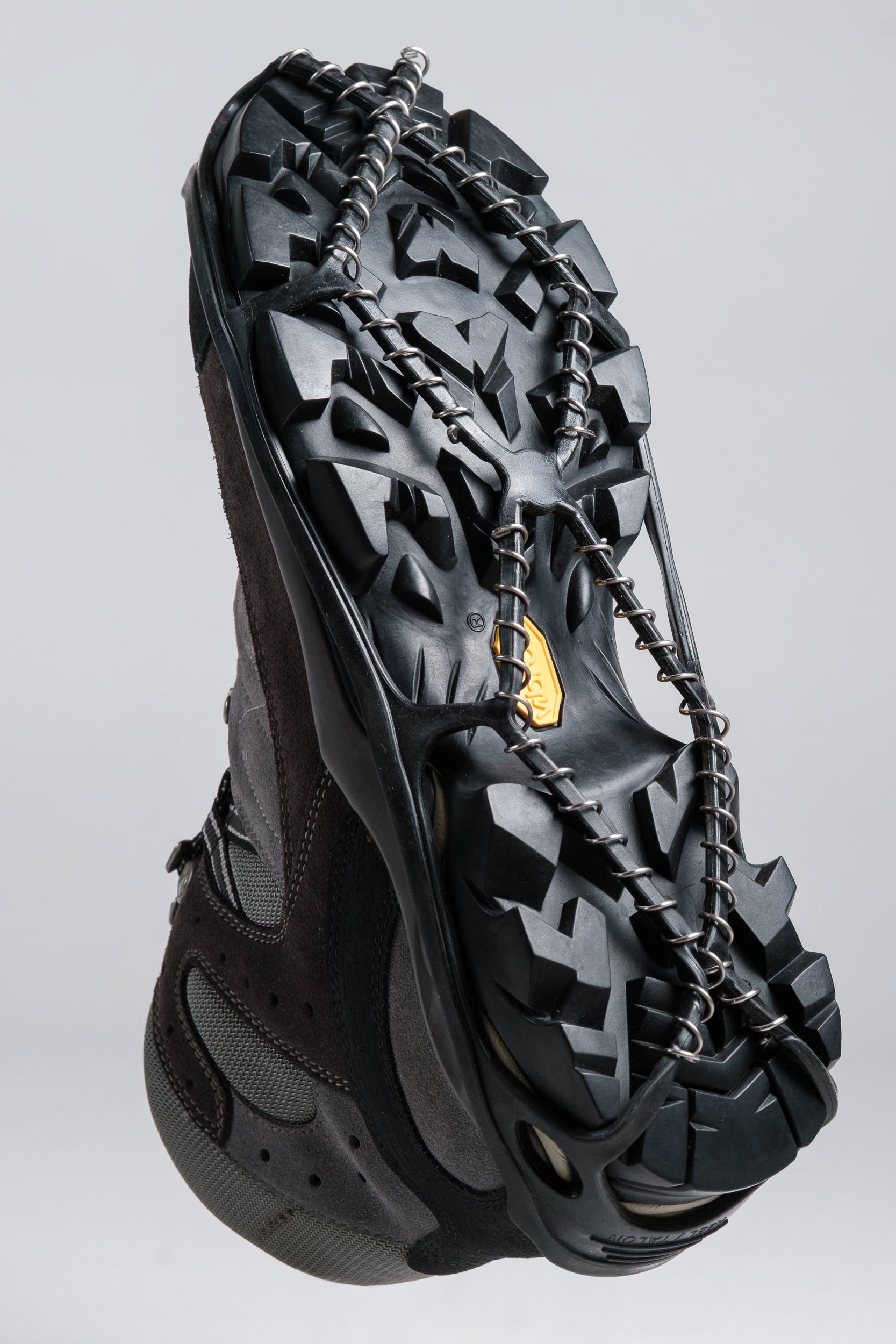
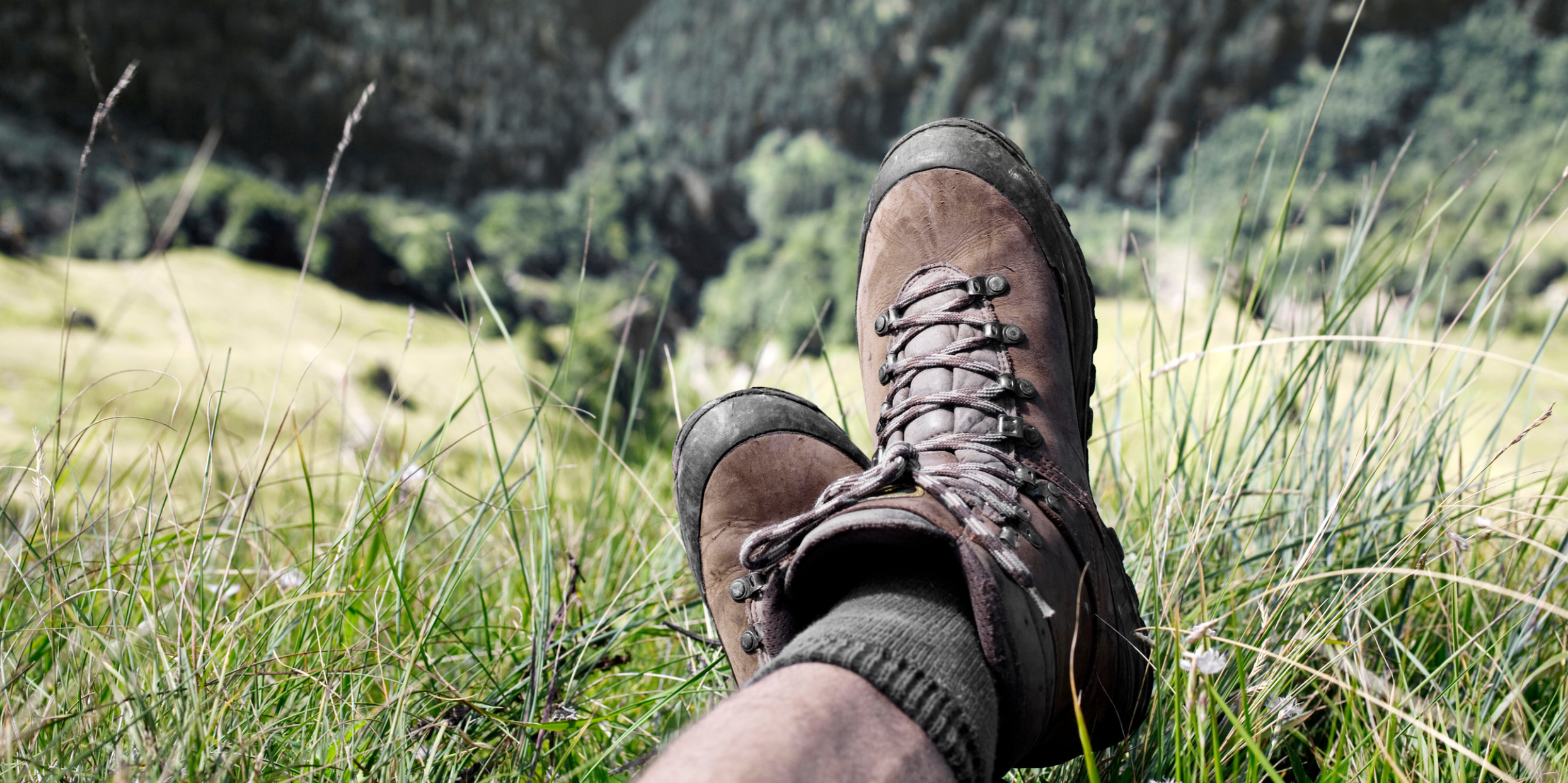
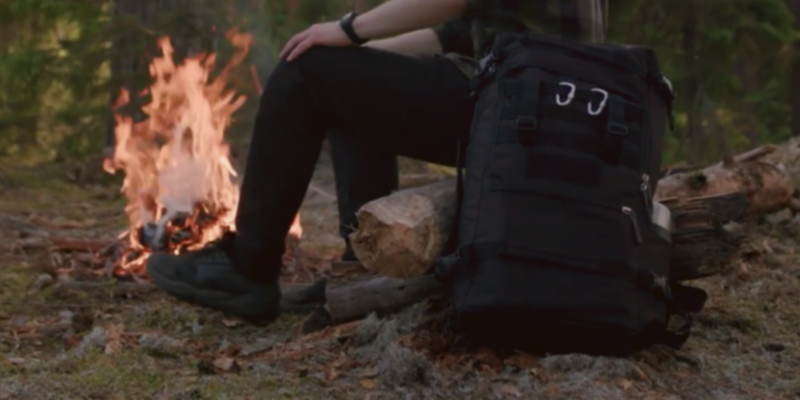
Leave a comment
All comments are moderated before being published.
This site is protected by hCaptcha and the hCaptcha Privacy Policy and Terms of Service apply.